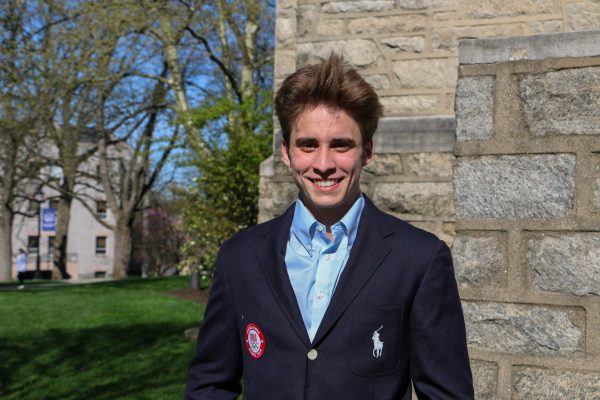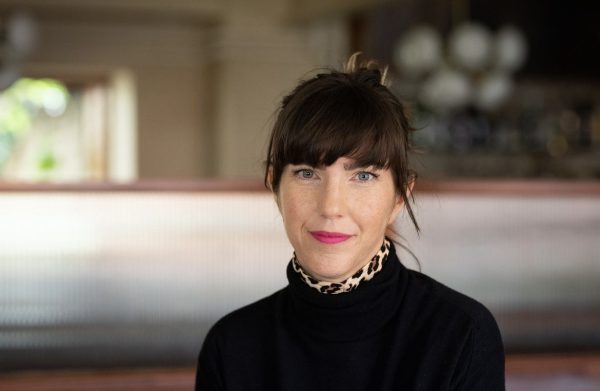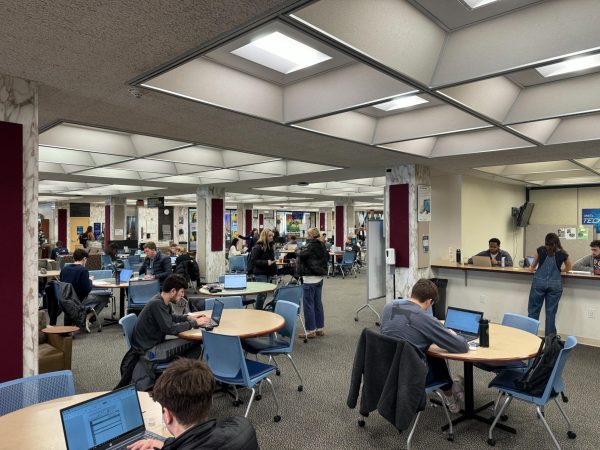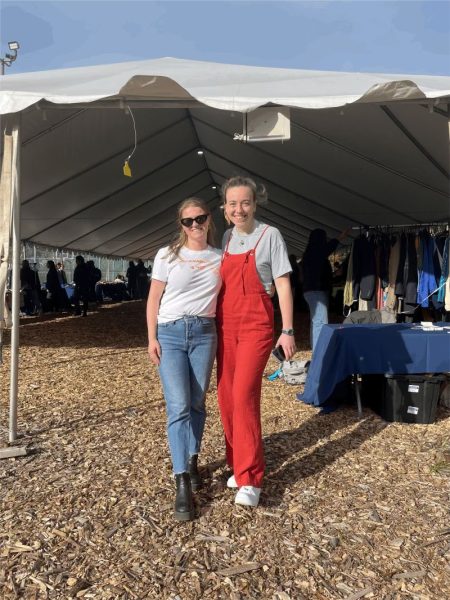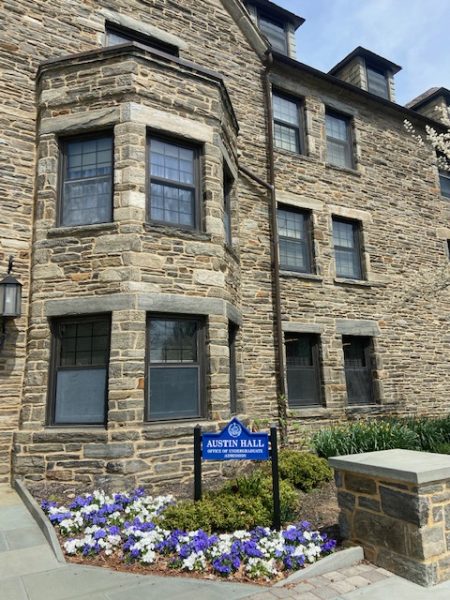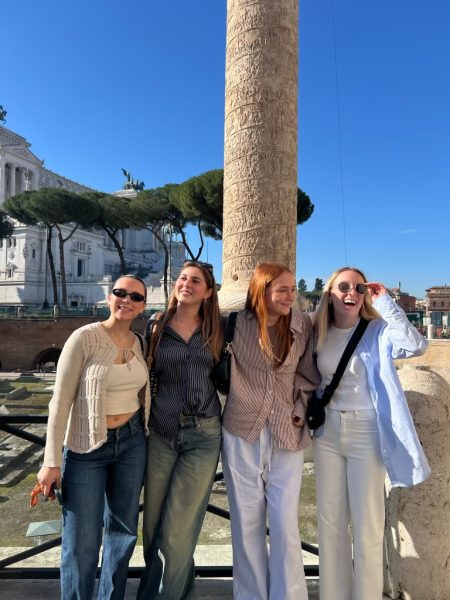Between a clock and a hard place: what Ahmed Mohamed taught us
September 29, 2015

On Monday, Sept. 20th, 14-year-old Ahmed Mohamed walked into MacArthur High School in Irving, Tex., hoping to impress his teachers with a homemade invention. Instead, his English teacher mistook the invention—a clock Ahmed constructed from a pencil case—for a bomb.
Police quickly escorted Mohamed from the premises in handcuffs, took him in for questioning and allegedly did not allow him to contact his parents for several hours, according to CNN. A photo of Mohamed that went viral shows a slender, dark-skinned boy in a NASA t-shirt with his hands behind his back, staring at the camera, bewildered. The expression on his face makes it clear: this was not the reaction he expected.
MacArthur High School suspended Mohamed for three days. Mohamed El-Hassan Mohamed, the boy’s father, said he pulled all of his children out of the school district entirely. After a two-day investigation, the Irving police department announced they would not charge Mohamed with anything, and the case was considered closed.
So what happened to get to this point? How does a teenager walk into a high school with a homemade engineering project and walk out in handcuffs?
For those who support the Irving Police Department, the reasoning is straightforward and understandable.
Mohamed brought the clock to school to show his engineering teacher, who admired the contraption but also cautioned him not to show it to other faculty members. The clock was in his backpack and made a noise during his English class. Mohamed then showed the clock to his teacher to demonstrate where the noise came from, and the teacher commented that it looked like a bomb. Officers were called, Mohamed was questioned and eventually released when it was determined he did not pose a threat.
Pundits like Alex Jones and Bill Maher publically support the police’s actions. Maher said on his show, “Real Time”, the school officials “absolutely did the right thing” by confiscating the clock.
“It looked exactly like a bomb,” Maher said.
YouTube vigilantes like Joey Salads have posted videos of themselves walking around in public spaces holding an imitation of Ahmed’s pencil box clock to gauge people’s reactions. Salads displays the “clock” at a bus station and a man comes up to him and says, “You can’t do that here.” People of all races tend to walk away when they notice him and act visibly scared. Salads is clearly white, and yet dozens of people in the video still feel uneasy or directly question him when he parades the “clock” in public.
Maher and Salads did not comment on the possibility that race may have factored into the decision to detain Mohamed. To them, the contraption Mohamed built looked like a bomb, and in today’s world, when something looks like a bomb, that is enough of a reason to ask questions. Violence in schools is all too common, and there is a legitimate risk in not investigating every suspicious incident.
Irving Police Chief Larry Boyd defended his department’s actions and commented they were certain “fairly quickly” that the object was not an explosive. “What [the officers] were investigating was whether he brought a device to school with the intention of creating alarm,” Boyd said.
While in questioning, Mohamed insisted repeatedly that the invention was just a clock, nothing more, though Boyd said he could have been more “forthcoming” about how and why he built it.
In a matter of hours, Ahmed became a social media sensation and a symbol of Islamophobia in modern day America.
As far as prejudice goes, bias against Muslims often gets minimal public recognition, despite its prevalence. After Sept. 11, 2001, the FBI reported a 1,700 percent increase in hate crimes against Muslim-Americans between 2000 and 2001, according to the Journal of Muslim Mental Health. A recent national poll reported 51 percent of Americans would not be willing to vote for a Muslim president.
Presidential candidates Donald Trump and Ben Carson have both expressed anti-Muslim sentiments in recent appearances. Trump claimed he would “look into” expelling America’s Muslim population. On “Meet the Press,” Carson said he “would not advocate that we put a Muslim in charge of this nation.”
The existence of stereotypes against Muslims in America is undeniable, and when a brown-skinned, Muslim student is wrongfully targeted as a teenage terrorist, many assume prejudice lurks beneath the surface.
When the news broke, thousands of people took to Facebook, Twitter and Instagram to declare their support for Mohamed, President Obama among them. Obama’s tweet read, “Cool clock, Ahmed. Want to bring it to the White House? We should inspire more kids like you to like science. It’s what makes America great.” Obama’s invitation was genuine, and he asked Ahmed to attend an astronomy event at the White House on Oct. 19.
Facebook founder Mark Zuckerberg and former Secretary of State Hillary Clinton also expressed their support for Ahmed and criticized the Irving school district for its actions. Clinton tweeted, “Assumptions and fear don’t keep us safe—they hold us back. Ahmed, stay curious and keep building.”
Thousands of others, including Muslim groups like the Council on American-Islamic Relations, publicized their support of Mohamed by spreading the #IStandWithAhmed hashtag on social media. The tag started trending worldwide, and MacArthur High School’s Facebook page is littered in posts haranguing Ahmed’s treatment.
For those who criticize the actions of the school and the Irving police, it is difficult to separate Ahmed’s treatment from his appearance and religion. In America, the two are intrinsically linked.
In the past few days, the Mohamed family hired a lawyer to investigate the police’s treatment of Ahmed, according to the Dallas Morning News. Mohamed said he’s lost sleep over the incident, but does not hold any anger towards the police for not apologizing for arresting him. He still loves tinkering with electronics and aspires to attend MIT someday.
Though Mohamed may have moved on, most people remain gridlocked. Conversations continue to erupt on Twitter, Facebook and in op-eds that chide the police for their obvious mistreatment, praise the faculty for doing their jobs or write the entire incident as a conspiracy theory, as the Internet is wont to do.
The problem is that no new facts will make the incident any clearer, because the real truth lies in the eyes of the beholder. No one can go back to that Monday morning, observe what happened, and definitively answer this question: When the English teacher looked at Ahmed Mohamed holding his homemade clock, did he see a clock that looked like a bomb, or a kid that looked like a bomb maker?



